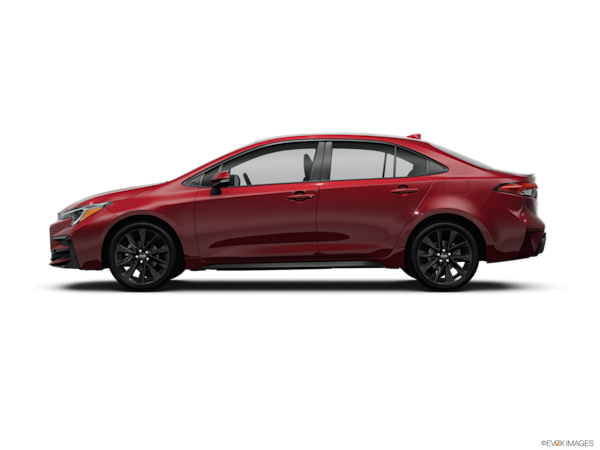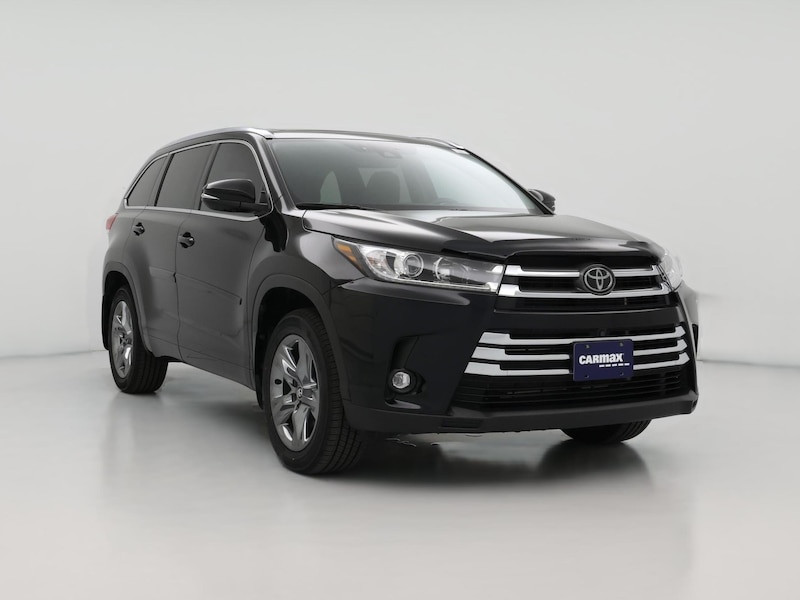Used Toyota buying guide
- 4Runner
- 4Runner Hybrid
- 86
- Avalon
- Avalon Hybrid
- bZ
- bZ4X
- C-HR
- Camry
- Camry Hybrid
- Corolla
- Corolla Cross
- Corolla Cross Hybrid
- Corolla Hatchback
- Corolla Hybrid
- Corolla iM
- Crown
- Crown Signia
- FJ Cruiser
- GR Corolla
- Gr. Highlander Hybrid
- GR86
- Grand Highlander
- Grand Highlander Hybrid
- Highlander
- Highlander Hybrid
- Land Cruiser
- Matrix
- Mirai
- Prius
- Prius c
- Prius Plug In Hybrid
- Prius Prime Hybrid
- Prius v
- RAV4
- RAV4 EV
- RAV4 Hybrid
- RAV4 Plug-in Hybrid
- RAV4 Prime Plug-In
- Sequoia
- Sienna
- Sienna Autono-MaaS
- Sienna Hybrid
- Supra
- Tacoma
- Tacoma Hybrid
- Tundra
- Tundra Hybrid
- Venza
- Venza Hybrid
- Yaris
- Yaris iA
About Toyota
Toyota is a Japanese automaker known for its well-built vehicles. According to RepairPal, Toyota has above-average reliability. Its line-up includes a range of coupes, sedans, sports cars, minivans, small SUVs, large SUVs, and pickup trucks. Many models feature quiet cabins, smooth rides, advanced driver aids, and impressive fuel economy. The brand is a pioneer in the hybrid market — in 1997, it launched the first mass-produced hybrid vehicle, the Prius, which remains popular today. Hybrid and plug-in hybrid powertrain options are now available on almost all its most popular models, including the RAV4, Camry, Corolla, Tacoma, and Tundra.
What CarMax customers like
Fuel Economy
Reliability
Ride and Handling
What CarMax customers don’t like
Fuel Economy
Technology and Entertainment
Cabin Noise
Toyota FAQs
Yes, it can be a good idea to buy a used Toyota. The brand offers a wide array of vehicles to fit different needs and styles, ranging from sporty sedans and sleek electric vehicles to SUVs and trucks. CarMax offers access to a nationwide inventory of used Toyotas and other vehicles. Once you find the right car for you, CarMax can even deliver it to your home.
Used Toyotas can have as little as a few hundred miles to tens of thousands of miles, and still be great vehicles with a lot of life left in them. When shopping for a used car, be sure to check the vehicle’s mileage and maintenance record to find the right option for you.
The best Toyota vehicles to buy second-hand include the 2012-2015 RAV4, 2012-2019 Prius C, 2013-2017 Accord, 2014-2019 Highlander, and the 2015-2019 Tacoma, according to RepairPal reliability data. However, you can shop for many other models and years of Toyota vehicles, so research which one fits your needs.
Before buying a Toyota, it’s helpful to research the models and trims to see which option fits your lifestyle and budget. It’s also important to check the vehicle history, schedule a professional inspection, and take it on a test drive.
The top five Toyota models by sales include the RAV4, Camry, Corolla, Tacoma, and Tundra. While these are the most popular vehicles, Toyota makes a variety of cars, trucks, and SUVs. Research the available models to see which one is right for you.


1. Toyota Yaris
CarMax owner rating
Pros
Responsive road handling
Classy interior finishing
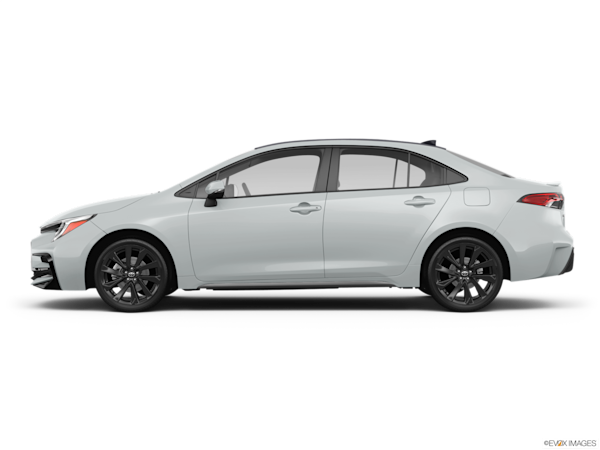
2. Toyota Corolla
CarMax owner rating
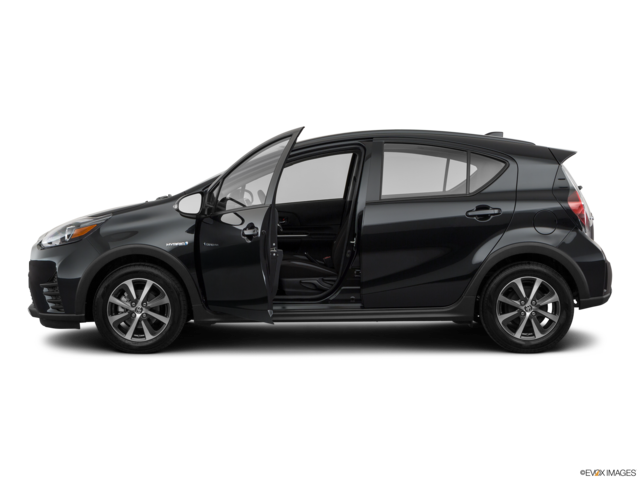
3. Toyota Prius c
CarMax owner rating
Pros
Excellent gas mileage
Generous cabin size
Touchscreen infotainment
Cons
Stiff ride
Wind and road noise
Slow acceleration
4. Toyota Matrix
CarMax owner rating
5. Toyota Prius Plug In Hybrid
CarMax owner rating

6. Toyota RAV4
CarMax owner rating
Pros
Quiet and comfortable ride
Capacious cabin for passengers and cargo
Excellent off-road capabilities
Cons
Mediocre acceleration
Steering on road feels vague
Rugged styling might not be for everyone
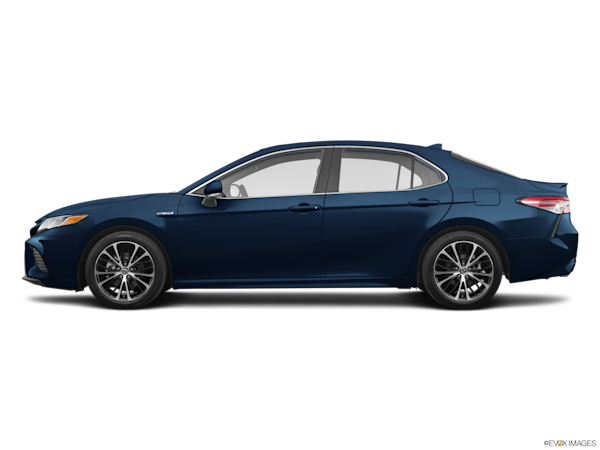
7. Toyota Camry
CarMax owner rating

8. Toyota Prius v
CarMax owner rating
Pros
Outstanding fuel efficiency
Quiet and plush ride quality
Abundant space in the cabin and cargo area
Cons
Slow acceleration
Awkward driver seating alignment
Mediocre interior materials
Ready to find your Toyota?
RepairPal reliability ratings
RepairPal Reliability Ratings are based on the actual cost, frequency, and severity of unscheduled repairs and maintenance on make/model data for select 2008-2022 vehicles. The reliability of a specific vehicle may vary depending on its maintenance and driving history, model year, trim, and features. RepairPal Reliability Ratings are provided by RepairPal and CarMax is not responsible for their accuracy. These ratings are based on RepairPal Reliability data as of August 2023. Learn more about RepairPal reliability ratings.
Unless otherwise noted, information related to these featured vehicles comes from third-party sources, including manufacturer information. We make every effort to provide accurate information, but please verify before purchasing. Product and company names may be trademarks or registered trademarks of third-party entities. Use of them does not imply any affiliation with or endorsement by these entities. We hope you found this information helpful. This content is intended to inform and is not meant to indicate that a particular vehicle is currently available or recommended for you.
RepairPal Reliability Ratings are provided by RepairPal and CarMax is not responsible for their accuracy. These ratings are based on RepairPal Reliability data as of 3/18/2025. Learn more at repairpal.com/reliability.
***
Various factors may impact towing capacity, including weight of passengers, cargo, and options/accessories.
Fuel economy figures are based on EPA estimates for when vehicle sold as new. Fuel economy may vary for reasons like driving conditions and vehicle history. Unless specified, figures are for vehicles equipped with an automatic transmission. See fueleconomy.gov.
Range figures are based on EPA estimates for when vehicle sold as new and assume a full battery charge. Range will vary based on things like battery age, vehicle condition and history, driving and charging habits, accessory use, and driving conditions. Battery capacity may decrease with time and use. See fueleconomy.gov for more info.
We hope you found this information helpful. This content is intended to inform and is not meant to indicate that a particular vehicle is currently available or recommended for you.
Statements of fuel economy or EV range are based on EPA and other third-party estimates for vehicles when new. Fuel economy and EV range will degrade with time and vary based on age, driving conditions, vehicle history, and other conditions. See fueleconomy.gov for more info.
Unless otherwise noted, information related to featured vehicles comes from third-party sources, including manufacturer information. Product and company names may be trademarks or registered trademarks of third-party entities. Use of them does not imply any affiliation with or endorsement by these entities. By clicking on any video links, you will be taken to a third-party site maintained by YouTube, Inc.
We make every effort to provide accurate information, but please verify before purchasing.

